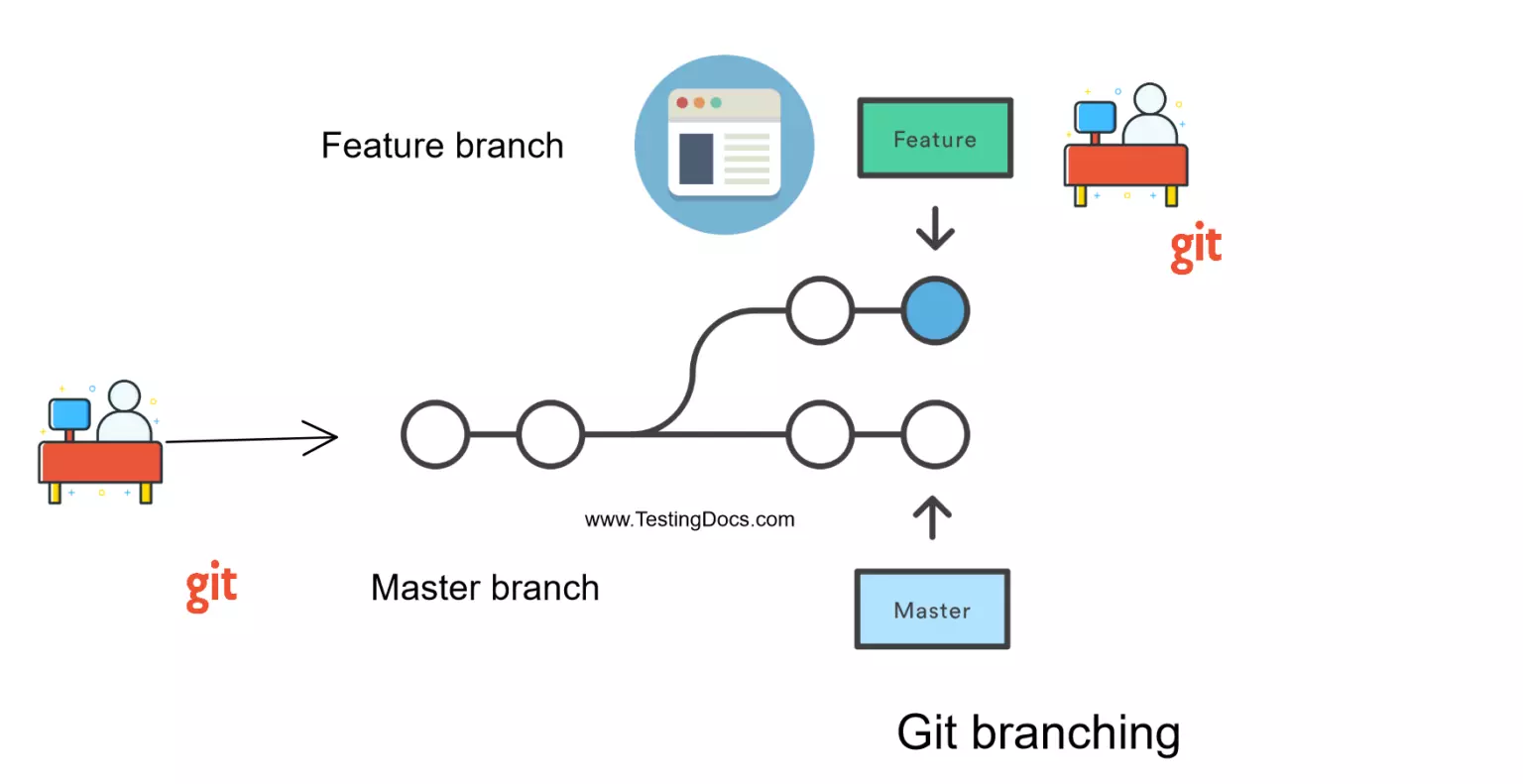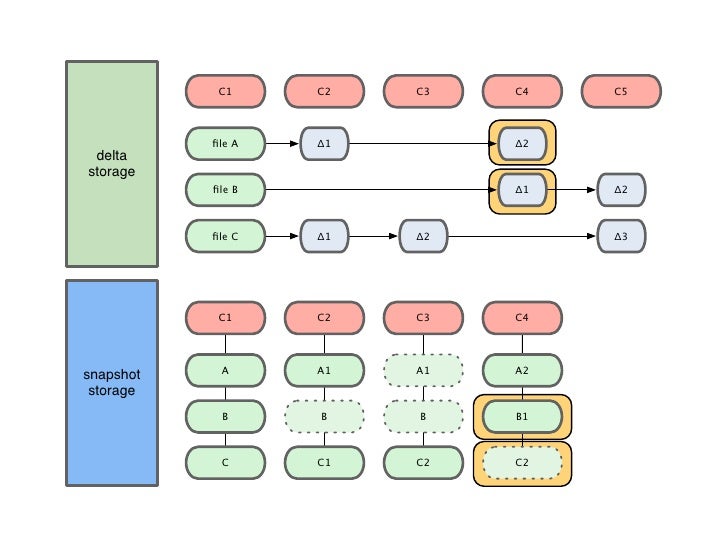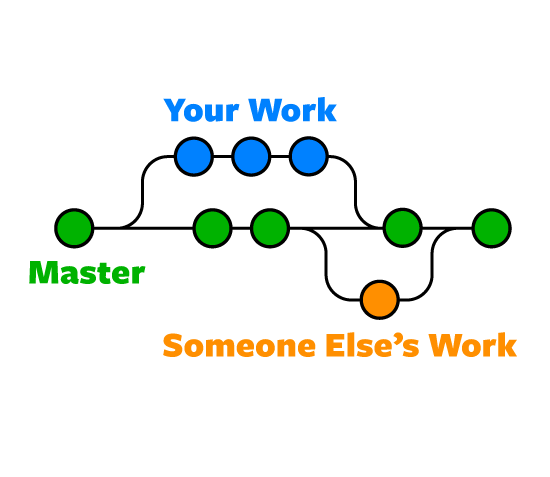
- #GIT LIST BRANCHES HOW TO#
- #GIT LIST BRANCHES UPDATE#
- #GIT LIST BRANCHES SOFTWARE#
- #GIT LIST BRANCHES CODE#
- #GIT LIST BRANCHES PLUS#

This helps in saving the changes locally on the computer. Git reset : It is used to undo all the changes that have been incorporated as a part of a commit after a specified commit has taken place.The intermediate GIT commands are as follows: Even though it unstages the file, still the contents of the file have stayed intact. git reset : This command, as the name suggests, is used to unstage a file.Generally, a single developer will be working on his individual branch, which will then be combined into a master branch. git diff : This is a very effective command as it is used to display the differences present between the two branches.git diff –staged: It is used to display all the differences between staging area files and the latest version, which might be present.git diff: As the name suggests, this command is used to display all the differences between the files until the changes have not yet been staged.It is also responsible for committing any other files to which you have brought a change to since then. git commit –a: This commit command is used to commit any such file which has been added as a result of the git add command.Giving a message text at the end of the commit command helps in identifying the details about the commit code. git commit –m: It is used to snapshot or record a file in its version history permanently.Instead of choosing a single file name, you can also choose to give all filenames with an *. git add: It is used to add a file to the staging area.
#GIT LIST BRANCHES CODE#
This URL generally is a bitbucket server, a stash or any other version control and source code management repository holding service. git clone: This command is used to clone or copy a repository from a URL.git init: It is used to start a new git repository.git config: It is used to set the name of the author and the email address which you want your commitment to addressing.In this post, we are going to discuss those commands.

While using with GIT bash, there are some commands which should be known to you. The GIT directory present on every computer is in itself a complete repository which is not the case with many client-server systems operating today. The goals as to why it has been among the very popular tools are due to its integrity, speed, and the that it supports all the non-linear workflows of a distributed manner.
#GIT LIST BRANCHES SOFTWARE#
It is used to collaborate among the software engineers as every engineer is working on their code within their branch and can push their code to merge into the master branch, thereby creating a complete code solution. It has made the life of software engineers quite easy as it is used to track only the changes in one or more than one file. GIT is a very popular version controlling method and a source code management tool that is used to keep track of all the changes that have been made in the source code of the program. That's pretty cool, and I'll switch my workflow from using git branch -l to using git branch -vv from now on.The following article provides an outline for GIT Commands.

#GIT LIST BRANCHES UPDATE#
* master a04c5bb Update desc of css arrows
#GIT LIST BRANCHES PLUS#
* master a04c5bb Update desc of css arrowsĪnd git branch -vv even goes further and shows you the last commit plus a possibly available tracked remote branch. JonUK/master 6fce128 Used an IIFE for better browser compatibilityĪdding-draw.io 7351a8c draw.io added to helper libraryįix-contributors 75da189 Set github access token to maybe avoid rate limitingįix-puppeteer a2b633b Fix headless chrome on zeit git branch -v shows you the list of branches, including their last commit. I learned that the branch command also provides two other flags that can come in handy. To overview all the branches, you can use git branch -l. When you're working with git, you deal with several local branches. The article includes useful git tricks, and one particularly caught my eye.
#GIT LIST BRANCHES HOW TO#
Today I came across How To Make Life Easier When Using Git by Shane Hudson.


 0 kommentar(er)
0 kommentar(er)
